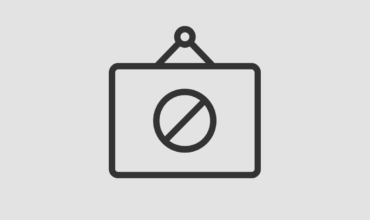Market Segmentation versus Personalization: Which Marketing Strategy is Best for Your Business?

I often hear people using segmentation and personalization interchangeably. And it’s no wonder–the goals of both are similar: speak to your customer in a relevant way to increase their engagement with your brand. Every business wants to have more engaged customers. So we slice and dice our customer base to try to understand how best to communicate with them.
Market segmentation was THE big thing until a few years ago. Take all your customers and try to figure out similarities that would enable you to group them into segments, then communicate with those segments. So you’d have High-end Heather and Coupon Clara and Value Victoria, segments that would receive similar communications, targeting their demonstrated habits. High-end Heather would get direct mail filled with expensive brands, while Coupon Clara got emails touting the best coupons of the week. Of course, segmentation was better than the mass marketing of old, but what if you had one million Value Victorias? Victoria could be a young stay-at-home mom or be a grandmother or be a college student, or even be a Victor! Segmentation will likely engage your customer more, but will not differentiate you from your competitors.
With the advent of all things digital and the realization that we now know more than we ever did (or thought we wanted to) about our customers, we now see personalization at the customer level. Of course, even today, personalization can seem to be an over-used, and sometimes misused, word, but essentially, it means speaking to your customers as individuals, not as segments. Rather than speaking to a few large segments of customers, you can speak one-to-one to each of your customers. Because we can access and control so much customer data, we now know that a customer in the Value Victoria segment is graduating from college and will likely need professional attire and perhaps starter furniture. And message accordingly.
So which marketing strategy is best for your business? If you have very few products and a homogeneous set of customers, segmentation will likely suit your needs. An extreme example would be a personal jet dealer/broker. They likely sell to rich individuals and businesses. Very limited product line and two types of customers–>Very easy segmentation. However, few businesses have the luxury of having very few products and very similar customers. Most companies have a large number of SKUs and a heterogeneous set of customers; for them, personalization is the way to best engage customers. With recent technology improvements, cost is no longer a factor in choosing between the two, so personalization no longer has to be a dream deferred.


